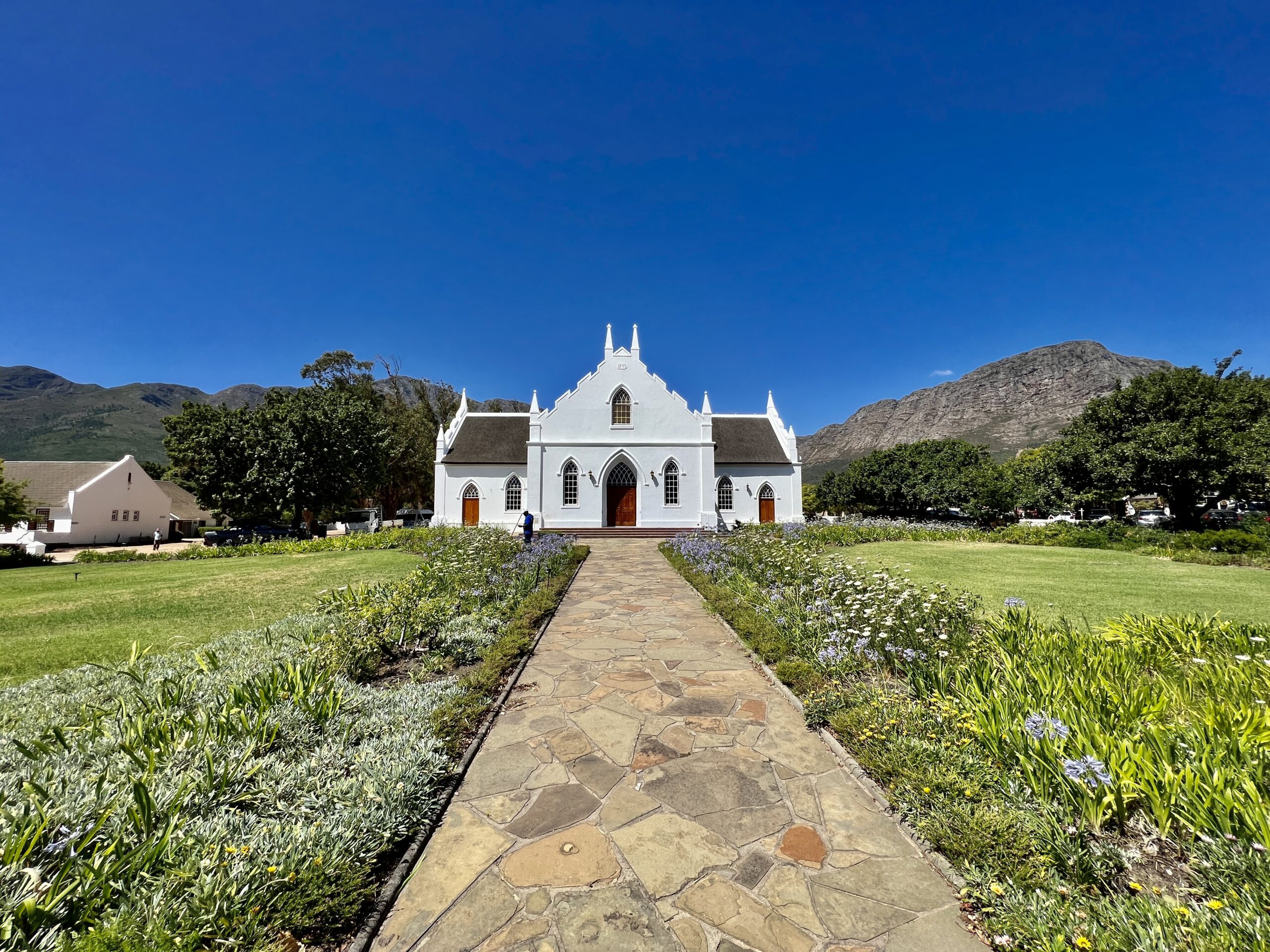
Early Beginnings (17th Century)
South Africa, often considered a “New World” wine-producing country, has a rich wine tradition dating back centuries. It all began in 1652 when the Dutch East India Company, primarily involved in spice trade, established a halfway point at the southern tip of Africa. Their primary purpose was to supply fresh produce to their ships en route to India.
First Plantings and Colonial Expansion
Jan van Riebeeck, the first governor of the Cape, planted grapevines in 1655, and by 1659, South Africa recorded its first vintage. Impressed with the results, the Dutch decided to expand grape cultivation in areas such as Roschheuvel, now known as Bishopscourt and Wynberg. Initially, local farmers were reluctant to embrace Van Riebeeck’s encouragement to plant vineyards. Thankfully, they eventually embraced his advice, and the wine industry expanded beyond Cape Town.
Challenges and Progress
The early days were challenging, primarily because the farmers lacked viticultural knowledge. The Dutch weren’t renowned for winemaking expertise at that time, as their flat and wet homeland didn’t lend itself to wine production.
Things took a turn for the better when Simon van der Stel succeeded Van Riebeeck in 1679. He was not only enthusiastic but also knowledgeable about viticulture and winemaking. Van der Stel planted a vineyard on his Constantia farm, which he romantically named after his wife. He produced excellent wine from the start, and his Constantia wines gained popularity, even earning the admiration of notable figures like Napoleon and Marie Antoinette.
French Influence (Late 17th Century)
The wine industry truly flourished with the arrival of French Huguenots between 1680 and 1690. As religious refugees, they had little money but brought with them extensive winemaking experience, which greatly benefited South Africa. This is when Olifantshoek became known as Franschhoek.
Challenges in the 18th Century
However, the 18th century presented difficulties for the wine industry. Cape wines faced resistance in European and Far East export markets, and the quality of some South African wines left much to be desired. The shortage of oak vats made proper aging challenging, and some vats used for exporting wine had previously been employed to preserve meat. Identifying the best grape varieties for each region and adapting winemaking techniques to local conditions proved to be complex.
British Influence and Growth (19th Century)
The wine industry began to thrive in the first half of the 19th century, primarily due to British occupation in the Cape and their conflict with France, which created a new market for South African wines. The number of vineyards grew substantially, and wine production increased. Unfortunately, in 1861, South Africa’s wine exports collapsed when Britain reconciled with France.
Challenges and Recovery (Late 19th Century to Early 20th Century)
To make matters worse, the phylloxera disease was discovered in the Cape in 1886, leading to the decimation of vineyards. These difficult times coincided with political upheaval, as the Anglo-Boer War began in 1899, diverting attention away from the wine industry.
Formation of KWV and Modern Era (20th Century)
The proliferation of new plantings led to overproduction and 25 years of hardship followed. To address these challenges, Charles Kohler initiated efforts that culminated in the formation of the Ko-operatieve Wijnbouwers Vereniging van Zuid-Afrika Beperkt (KWV) in 1918. This cooperative organization provided stability to the industry, setting it on a path to growth and prosperity, thus laying the foundation for today’s thriving wine industry.
Transition and Global Recognition (Post-Apartheid Era)
This rich history highlights South Africa’s deep connection to the world of winemaking, tracing its roots back to the 1600s when European settlers brought their winemaking skills to the Cape. It also showcases the country’s transition from a dominant co-op-driven industry to a more diversified and quality-focused wine market. With the end of apartheid in 1994, South African wines began to make their mark on the global stage, and smaller boutique wineries started to gain prominence, emphasizing the unique characteristics of their vineyards and terroir. These developments are shaping an exciting future for South African wines.



